What is the secret behind ear acupuncture?
Almost every part of the external surface of the body (yes, even “down there”) is traversed by at least one of the acupuncture channels that many of the acupuncture points are part of, with one notable exception: the ears.
This is not to say that the ancient Chinese overlooked the ears in developing acupuncture, however. On the contrary, the ears had their own acupuncture points that were not part of the system of acupuncture channels.
While the ancient Chinese acupuncture points on the ear date back to sometime between the late third century BCE and the early third century CE, they were located empirically rather than according to a specific theory.1 It wasn’t until 1957 that an anatomically organized arrangement of the acupuncture points on the ear was proposed. According to this arrangement by French physician Dr. Paul Nogier, these points could be organized by mapping an image of an upside-down fetus onto the ear with the head (facing toward the midline of the body) at the bottom and the feet at the top. For this reason, Nogier is considered to be the father of auriculotherapy (“auricle” is the anatomical term for “ear”), although he might more accurately be described as the father of modern auriculotherapy. The ability of the ear to affect other regions of the body was recognized across a number of cultures, not just in China, long before Nogier was even born. Ancient Mediterranean sailors, for example, wore earrings in the center of their earlobes to improve their vision,1 and Nogier's upside-down fetus map puts the acupuncture point corresponding to the eyes in precisely this location.
As it turns out, there is a scientific explanation for this map's location of the acupuncture points corresponding to the vital organs of the chest and abdomen, from the heart and lungs to the stomach and kidneys, in the depression bordered by the part of the ear called the antihelix that curves up from the top of the earlobe (see photo). This depression is called the concha. It is divided horizontally by a sort of ledge called the helix crus. The part above the helix crus is called the cymba concha; the part below it is called the cavum concha.
While the concha of the ear is pretty far away from the vital organs of the chest and abdomen, it has a direct link to them through the vagus nerve.
The vagus nerve is the primary nerve that facilitates the body's maintenance of or return to its "rest and digest" state. In other words, it is responsible for parasympathetic control of essential functions including heart rate, breathing, and digestion. What happens in Vegas might stay in Vegas, but the vagus nerve relays impulses between distant regions of the body; in fact, it is the longest nerve of its kind. There is only one region of the body, however, where the vagus nerve comes to the surface of the skin: the concha.1
The acupuncture points on the concha are so powerful that four of them are combined with just one more acupuncture point, elsewhere on the ear, to treat complex conditions such as addiction and post-traumatic stress disorder (PTSD). The photo accompanying this post depicts these four acupuncture points.
Let's hear it for ear acupuncture!
Reference Cited
Oleson T. Auriculotherapy Manual: Chinese and Western Systems of Ear Acupuncture. 3rd ed. Amsterdam: Elsevier Limited; 2003.

